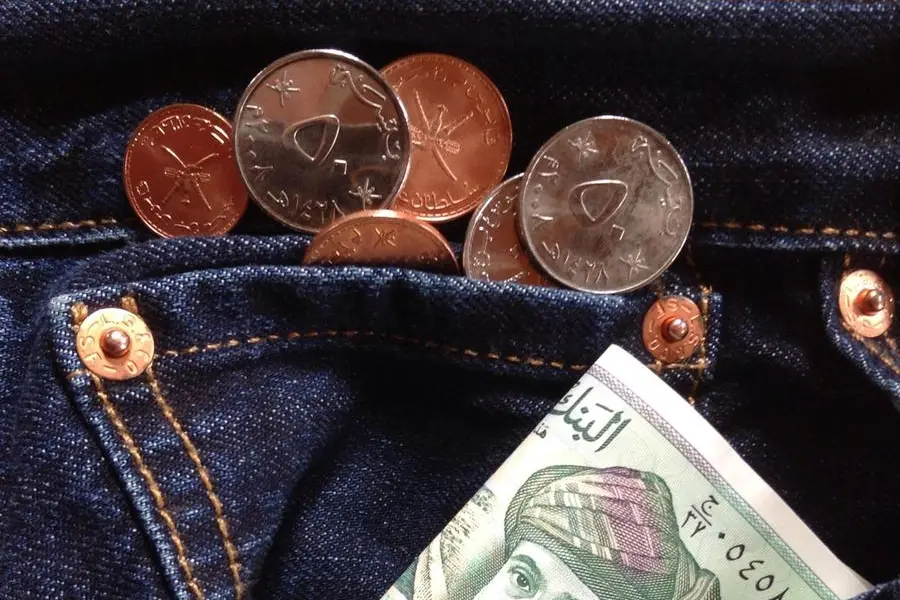PHOTO
The total private sector deposits with commercial banks and Islamic financial products in Oman increased by 6.8 percent to 17.2 billion rials, compared to 16.17 billion rials last year.
The total loans and financing of commercial banks increased by 3 percent to 27.18 billion Omani rials, compared to 26.39 billion rials in 2020. However, the average interest rate on total loans showed no increase.
Oman’s non-oil economy increased by 5.7 percent during the first quarter of this year 2021, amounting to 5.7 billion Omani rials, Asharq recently reported citing an official statement.
Oil activities contracted by 20.6 percent, reaching 1.9 billion rials, and the total natural gas activities decreased by 10.4 percent to reach 320.8 million rials.
The Omani economy contracted in the first quarter, affected by the negative performance of the oil sector.
The country’s gross domestic product (GDP) recorded a contraction of 2.5 percent at the end of the first quarter of 2021 at current prices, amounting to 7.389 billion rials, according to statistics issued by the National Center for Statistics and Information.
Oman has updated the methodology used in preparing and estimating the GDP in line with international practices, according to the statement.
The country adopted the UN System of National Accounts for the year 2008, the International Standard Industrial Classification of All Economic Activities (ISIC4), and the base year was changed from 2010 to 2018.
Last month, Oman saw bumper demand in its first dollar-denominated sukuk sale since 2018, as the rise in oil prices over the last year and a fiscal consolidation plan allayed investors’ concerns about a break-neck rise in debt levels.
The $1.75 billion nine-year sukuk drew over $11.5 billion in demand.
An S&P Global model called the Market Derived Signal Score shows that for the first time in more than two years, credit default swaps were not pricing a credit rating downgrade for Oman.
“They have set fairly cautious oil price assumptions, at $45 a barrel for this year, and $50 thereafter. But they have a plan to balance the budget at $50 by 2025,” said Timothy Ash at BlueBay Asset Management, adding he now sees Oman as an improving credit story.
“Recent demonstrations have underlined that reforms are not easy, but we see real commitment to reform, but also to improve transparency, which is really encouraging from an investor perspective,” Ash said.
Oman faced what bankers called lackluster demand when it tapped the debt markets last year, but the consolidation plan and oil price recovery helped Oman become the first Gulf sovereign to issue bonds in January, raising $3.25 billion with conventional bonds sold out of a $15 billion orderbook.
“With the latest issue Oman has refinanced bonds expiring in 2021 and the current public deficit ... allowing the government to concentrate on the budget deficit consolidation,” said Raffaele Bertoni, head of debt capital markets at Gulf Investment Corporation.
Copyright: Arab News © 2021 All rights reserved. Provided by SyndiGate Media Inc. (Syndigate.info).












